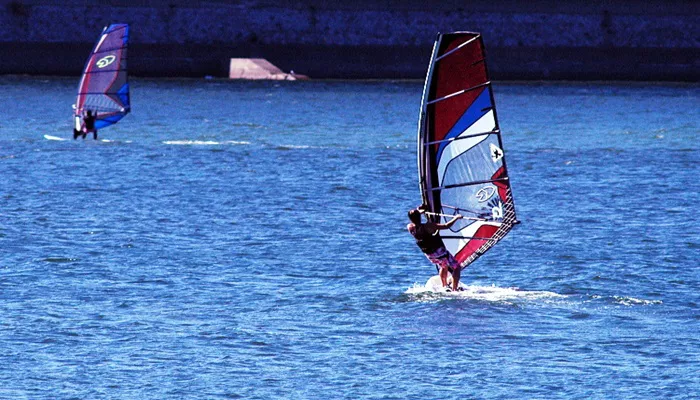Surfing is more than just a sport; it is a cultural tradition that has deep historical roots, particularly in Hawaii. The origins of surfing trace back to Polynesia, but it was in the Hawaiian Islands that the practice evolved into the structured and revered cultural tradition known as “he’e nalu.” Understanding who introduced surfing to the Hawaiian Islands requires an exploration of ancient Polynesian voyagers, Hawaiian royalty, and the cultural significance of the sport.
The Polynesian Origins of Surfing
1. Polynesian Migration and the Spread of Surfing
Surfing originated in ancient Polynesia, where ocean-based lifestyles played a crucial role in everyday life. The Polynesians, skilled navigators and ocean voyagers, used canoes and wooden boards to ride waves long before written records existed. It is widely believed that the art of surfing spread as Polynesians migrated across the Pacific, ultimately reaching the Hawaiian Islands.
2. Evidence of Early Surfing in Polynesia
Anthropological research suggests that surfing existed in various forms in places such as Tahiti and Samoa before it became an integral part of Hawaiian culture. Early European explorers documented wave-riding activities in these regions, noting how Polynesians would use wooden planks to glide across waves for both recreation and ritualistic purposes.
The Introduction of Surfing to Hawaii
1. Arrival of the Polynesians in Hawaii
Around 300-600 AD, Polynesians navigated vast distances across the Pacific using celestial navigation, wind patterns, and ocean currents. These skilled voyagers reached the Hawaiian Islands, bringing with them agricultural practices, spiritual beliefs, and ocean-based activities, including surfing.
2. Hawaiian Royalty and the Cultural Importance of Surfing
In Hawaii, surfing was more than just an ocean pastime; it was deeply embedded in society and was associated with social status and spiritual beliefs. Hawaiian royalty, or ali’i, often participated in surfing, using specially crafted surfboards made from prized wood such as koa. The ruling class had access to the best surfing spots, while commoners surfed in designated areas.
Surfing in Ancient Hawaiian Society
1. The Role of He’e Nalu (Wave Sliding)
The Hawaiian term for surfing, “he’e nalu,” translates to “wave sliding.” Surfing was not only a form of recreation but also a way for Hawaiians to connect with the ocean spiritually. Rituals and ceremonies were often performed before significant surf sessions to honor the ocean gods and seek protection from the elements.
2. Surfboard Crafting and Classification
Hawaiians used different types of surfboards depending on their social status and skill level. The most common types included:
Alaia: A shorter, thin board used by commoners.
Olo: A longer board used exclusively by Hawaiian royalty.
Paipo: A bodyboarding-style board used by both children and adults.
Each board was carefully shaped, and certain woods were considered sacred, requiring a ceremonial blessing before use.
The Decline and Revival of Surfing in Hawaii
1. The Decline During Western Contact
The arrival of European explorers, including Captain James Cook in 1778, marked a turning point in Hawaiian culture. With the influence of missionaries in the 19th century, many Hawaiian traditions, including surfing, saw a decline due to cultural suppression and the imposition of Western values.
2. Revival in the Early 20th Century
In the early 1900s, figures such as Duke Kahanamoku played a pivotal role in reviving and popularizing Hawaiian surfing.
Kahanamoku, an Olympic swimmer and ambassador of Hawaiian culture, introduced surfing to a global audience, sparking international interest and cementing Hawaii as the epicenter of modern surfing.
Conclusion
Surfing was introduced to the Hawaiian Islands by Polynesian voyagers, but it was in Hawaii that the sport flourished and became an integral part of society. From ancient rituals and royal surf sessions to the decline and revival of the sport, surfing remains a cornerstone of Hawaiian identity. Today, the legacy of he’e nalu continues to thrive, connecting surfers worldwide to the ocean and the cultural traditions of the past.

